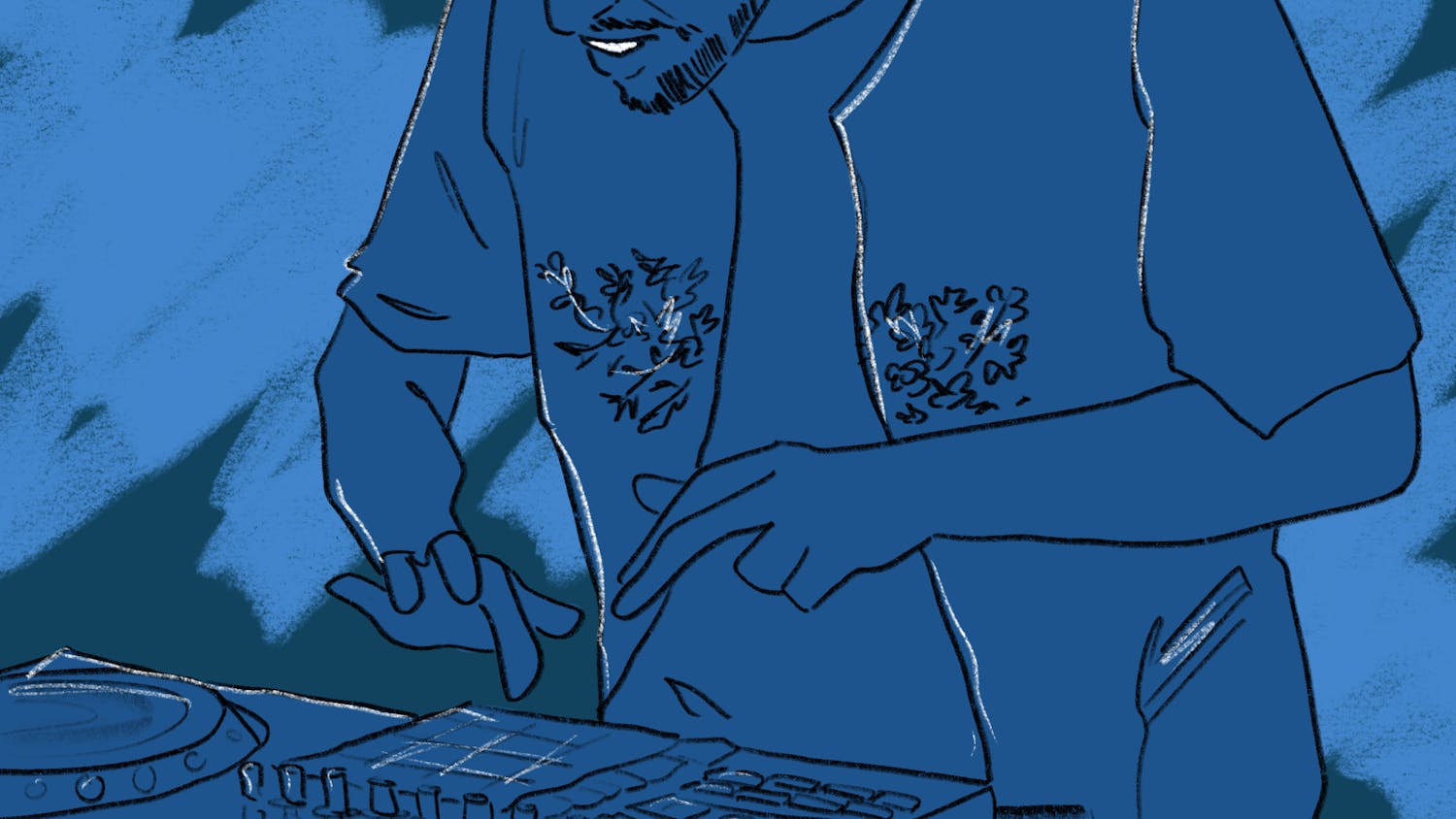“I Am Where I Come From: Native American College Students and Graduates Tell Their Life Stories,” edited by education professor emeritus Andrew Garrod, Native American studies professor Melanie Benson Taylor and Robert Kilkenny, executive director of the Alliance for Inclusion and Prevention, details the stories of 13 Native American students who currently attend or recently graduated from Dartmouth. Although the College was founded to educate Native Americans, Dartmouth took over two centuries to truly embrace this mission as an institution. The preface of “I Am Where I Come From” details how the administration recommitted to the College’s mission to educate the Native American community in 1970, creating the Native American program and building what today is a vibrant community of Native American scholars, especially through the creation of the Native American studies department in 1972. A few of these students agreed to share their experiences and life stories in “I Am Where I Come From,” which was published this month.
The book itself is a series of vignettes detailing the Native American experience at Dartmouth. These stories come from a range of alumni, including Bruce Duthu ’80, who was just named Dartmouth’s dean of the faculty. Each student comes from a different set of backgrounds, lifestyles and families, but each made the decision to come to Dartmouth and join the Native American community and the Dartmouth community at large.
The anthology presents comprehensive narratives from childhood through Dartmouth and post-graduation. Each essay details how the narrator’s Native American identity played into his or her upbringing, whether it was around other Native Americans, in suburban Houston, Texas or in British Columbia. Some come from middle-class backgrounds, others from far below the national poverty level. In fact, not every narrator took a straight path to Dartmouth as undergraduates, with some accounts describing how they came to Dartmouth as a transfer student. Another fought for the United States Army in the Iraq War before starting his undergraduate career at Dartmouth. There is an extremely diverse set of experiences represented, but each narrator’s time at Dartmouth and Native American heritage connects them, weaving their stories together.
Many accounts, especially from the more recent years, cite the institutional efforts of Dartmouth to recruit Native American students to Dartmouth as particularly effective, and many of the narrators attended the Native American Community program, formerly known as Native Fly-In.
The Native American studies department is also particularly valuable to those students in the book who completed majors in the department. These narrators mentioned that it gave them a new, broader perspective on Native American experiences in the United States and also placed their own lived experience into an academic context.
Not all the transitions or experiences at Dartmouth were easy for the narrators, but one central theme that shines throughout the book is the bastion of support, community and familiarity that the Native American studies department and the Native American House provided them. As discussed in the preface, these were both initiatives launched under former College President John Kemeny in the 1970s that are cited by multiple alumni in the anthology as a source of support for Native American students at Dartmouth. While Dartmouth was completely new and foreign for many of these students upon their arrival to campus, the fact that they had a community to rely upon often made the transition much easier and provided a home during their time here.
Each of the experiences contained within the essays is incredibly varied and unique, but every one of them is important in gaining an understanding to a very important community here on campus. While the anthology cannot provide an entirely comprehensive overview of the Native American Dartmouth student experience, that is not its aim; rather, it presents 13 viewpoints that exist both on their own as well as in dialogue with each other, providing readers with an insight into how these alumni viewed their Dartmouth experiences.



